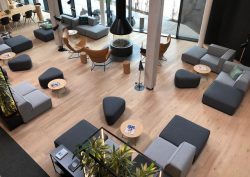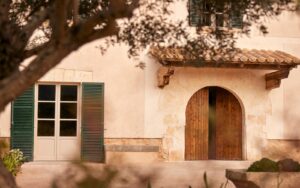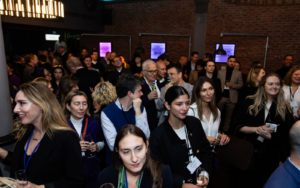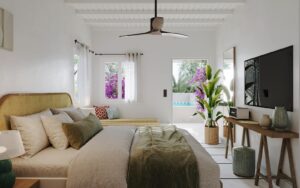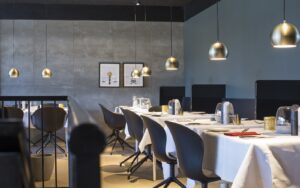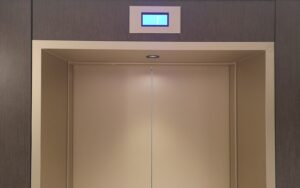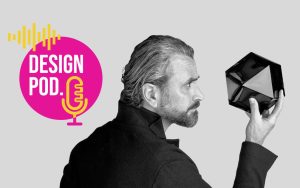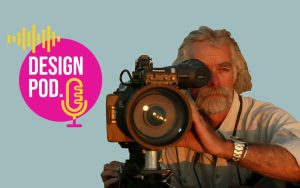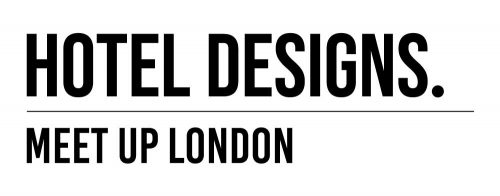We recently caught up with with designer Tim Rundle to talk about his work with Morgan along with the broader conversation on British furniture design, collaboration and craft…
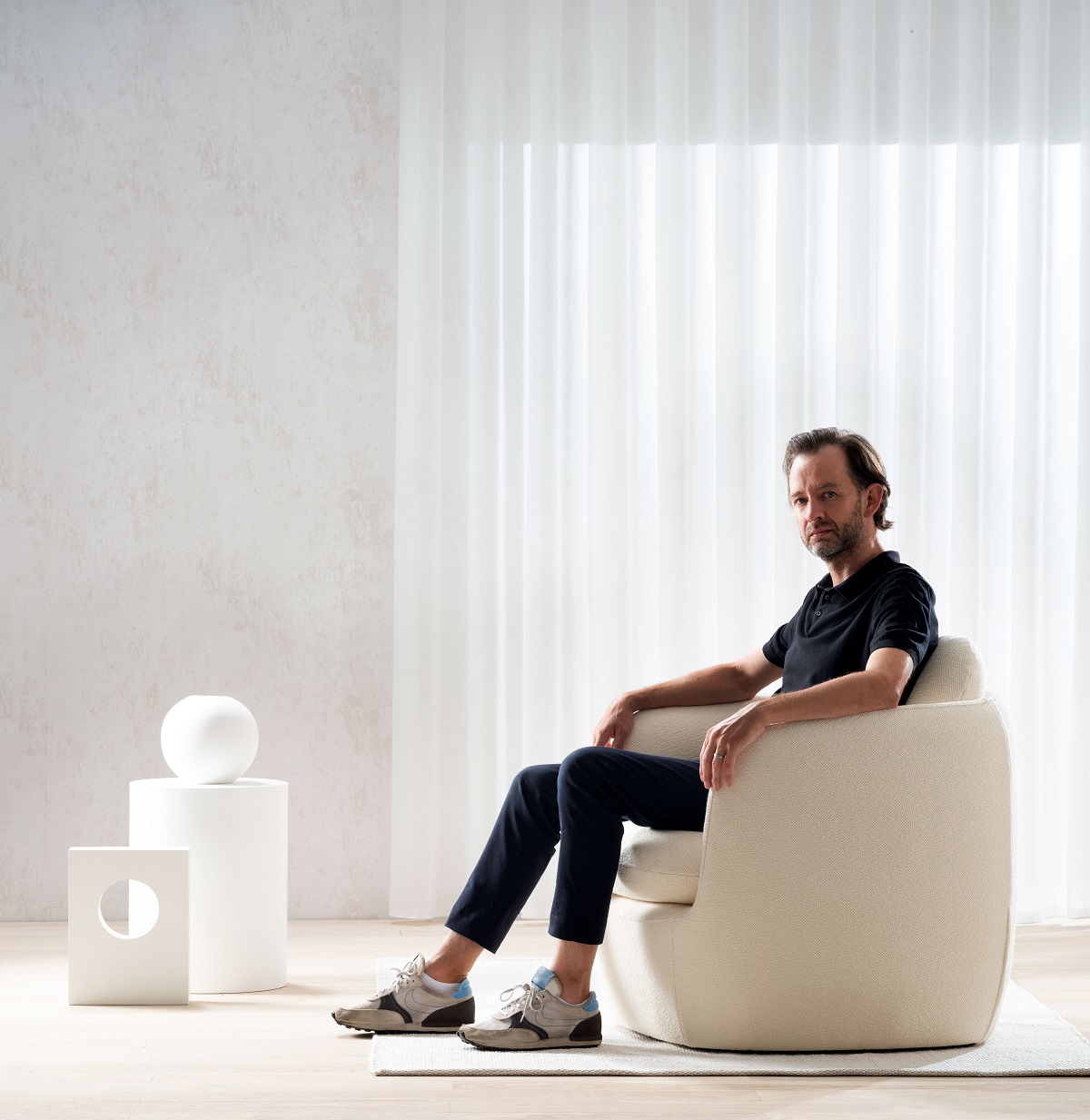
Industrial designer Tim Rundle and British furniture designer and manufacturer Morgan, have a relationship that encompasses not only the two furniture collections on which they have collaborated, but is also about a creative synergy involving all aspects of the process from concept to delivery.
The first collaborative collection, Rakino, launched in 2019 is a reflection of Rundle’s eye for detail and Morgan’s passion for precision manufacturing and hand-crafted finish. More recently, pushing the boundaries of the upholstery process, the production team at Morgan have brought Rundles’ Bilbao design to life, gracing the showroom with its generous and curvaceous lines.
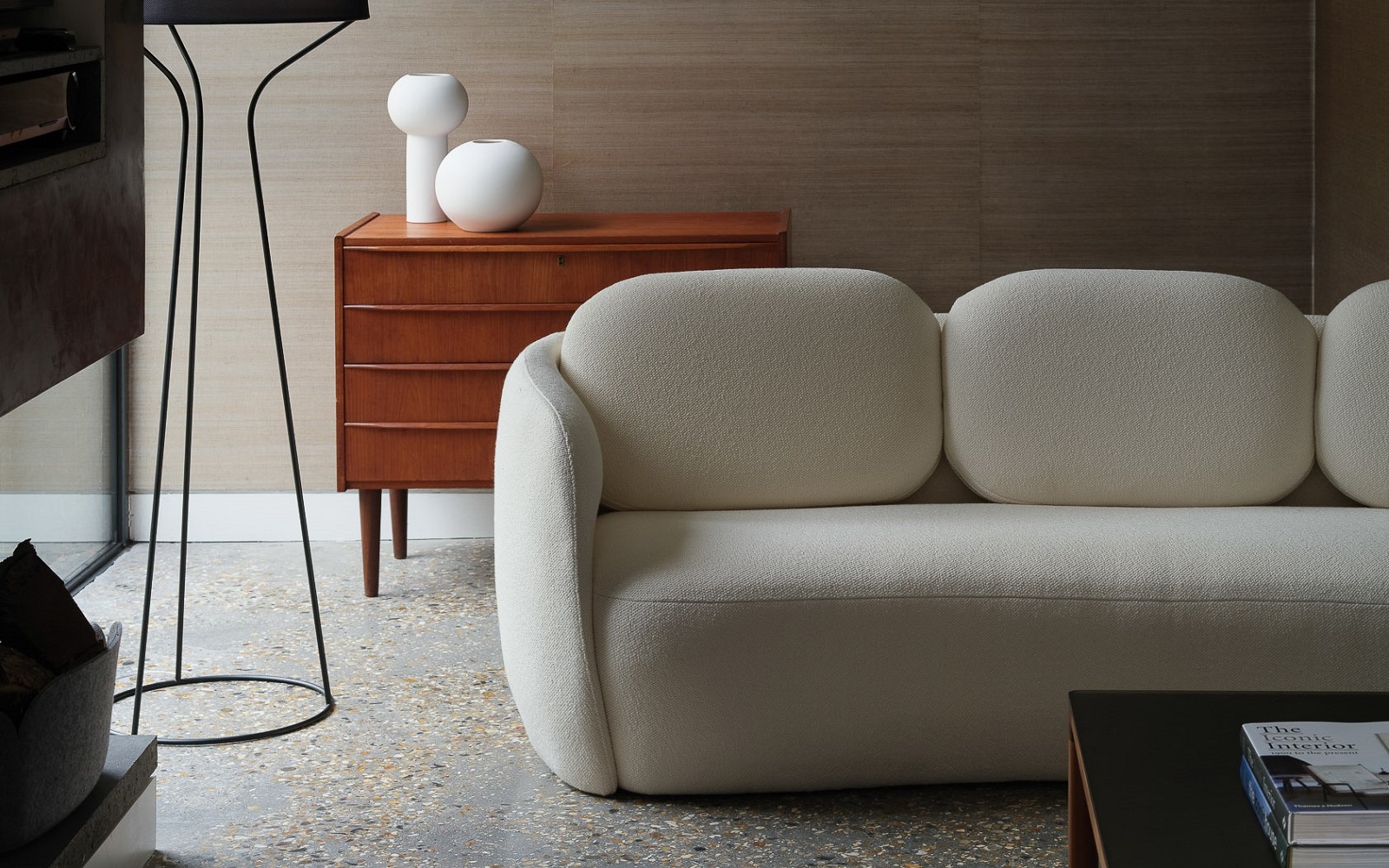
Image credit: Morgan
Hotel Designs: What do you get out of being a product designer over an interior designer?
Tim Rundle: I had originally wanted to be an architect, but on arriving at design school I discovered Industrial Design and realised that was what I wanted to do. I think the main aspects I love about designing at object level are the ability to test ideas with physical prototypes and to spend time on the details. The scale and pace of an interior design project means some things just need to be allowed to develop organically without a strict definition from the start. We do from time to time take on interior design projects, such as the Glasshouse salon in East London, but my reluctance to let go of spending time on those details means they’re often not the most profitable projects for the studio! They do however offer great insights into how furniture and lighting pieces work within a space, which for me is a critical consideration.
HD: How does your research on technology, transport, lighting and homeware influence your creative decisions when designing furniture?
TR: I think I have always approached furniture design from quite the technical and problem solving viewpoint of an industrial designer. I naturally tend not to separate the sectors too much and most of the designers I admire work across a broad range of categories. The way things are made and how they work comes into play very early on in my process no matter what the brief is. It’s a truly symbiotic process jumping between these disciplines, which really share more similarities than differences when it comes to design. All of the objects within those categories really exist in the context of the relationship between humans and the space they occupy.
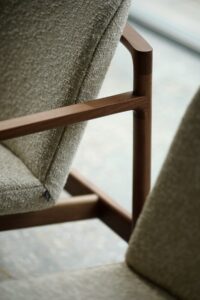
Image credit: Morgan
HD: Can you explain your role at Morgan, because it certainly goes beyond just being a guest designer?
TR: The role I play at Morgan, aside from designing collections for them, is actually quite a common practice for the leading European brands, where they appoint the head of a design or architecture studio as Art Director to help guide their design strategy and creative output. Notable, and somewhat more high profile, examples would be Patricia Urqiola for Cassina, or Vincent van Duysen for Molteni&C. My role is highly collaborative, working alongside Katerina Zachariades, Founding Creative Director, Erin Johnson, Design Director and the internal team – it involves everything from setting out the product strategy to briefing internal and external designers and offering creative direction throughout the design process; as well as creating the concept for and directing photo shoots.
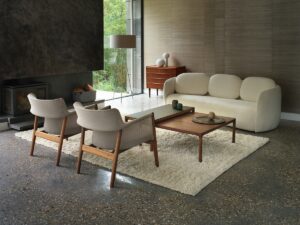
Image credit: Morgan
HD: Both your recent designs – Bilbao and Rakino – push boundaries in manufacturing. What were the major challenges when designing both collections?
TR: I think due to my industrial design background and fascination for manufacturing, I see pushing the boundaries of production capabilities as an opportunity rather than a challenge. It allows us to create something that is truly unique, and importantly, is very hard to copy cheaply. In both the cases you mention it was about discovering and really bringing the spotlight to those skills that were already there.
For Rakino, it was taking timber detailing that in the past would have been very labour intensive and finding the perfect balance of manual craftsmanship and CNC technology to make them commercially feasible with UK manufacturing. In the case of Bilbao it was about highlighting the way the skilled upholsterers truly sculpt with foam and can wrap seemingly impossible forms in fabric.
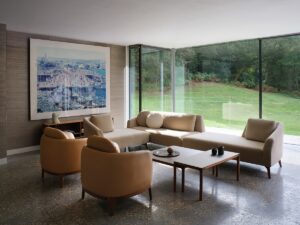
Image credit: Morgan
HD: You may not have a signature style, but is there a thread that connects your design in, say, your creative approach?
TR: I think it’s difficult and potentially counterproductive, to have too strict a ‘signature style’ when you work with multiple brands, but there is certainly a common thread in terms of approach. I always design with context in mind, considering how an object relates to both its user and its environment – I guess this comes from my interest in architecture and my odd foray into interior design. I also try to maintain a sense of aesthetic legibility in my work, where people can look at a product and understand how the elements and forms come together to create the whole object. I guess this results in work that leans towards the minimal, yet rational, while avoiding shouting too loudly for attention.
HD: What advice would you give to designers who are thinking about setting up their own studio?
TR: I would say learn the whole business that surrounds design first. Use that time to not only gain knowledge, but to build a strong point of view. My years spent at Tom Dixon, as a designer in the product development team were invaluable in understanding how products come into existence, from production, via logistics to sales and end up in the hands, or homes, of their end users. I got to spend a lot of time in factories and at tradeshows, which gave me a great understanding of the designers’ role and the vital contributions of all the other people involved in the process of making ideas into real things.
Morgan is one of our Recommended Suppliers and regularly features in our Supplier News section of the website. If you are interested in becoming one of our Recommended Suppliers, please email Katy Phillips.
Main image credit: Morgan



